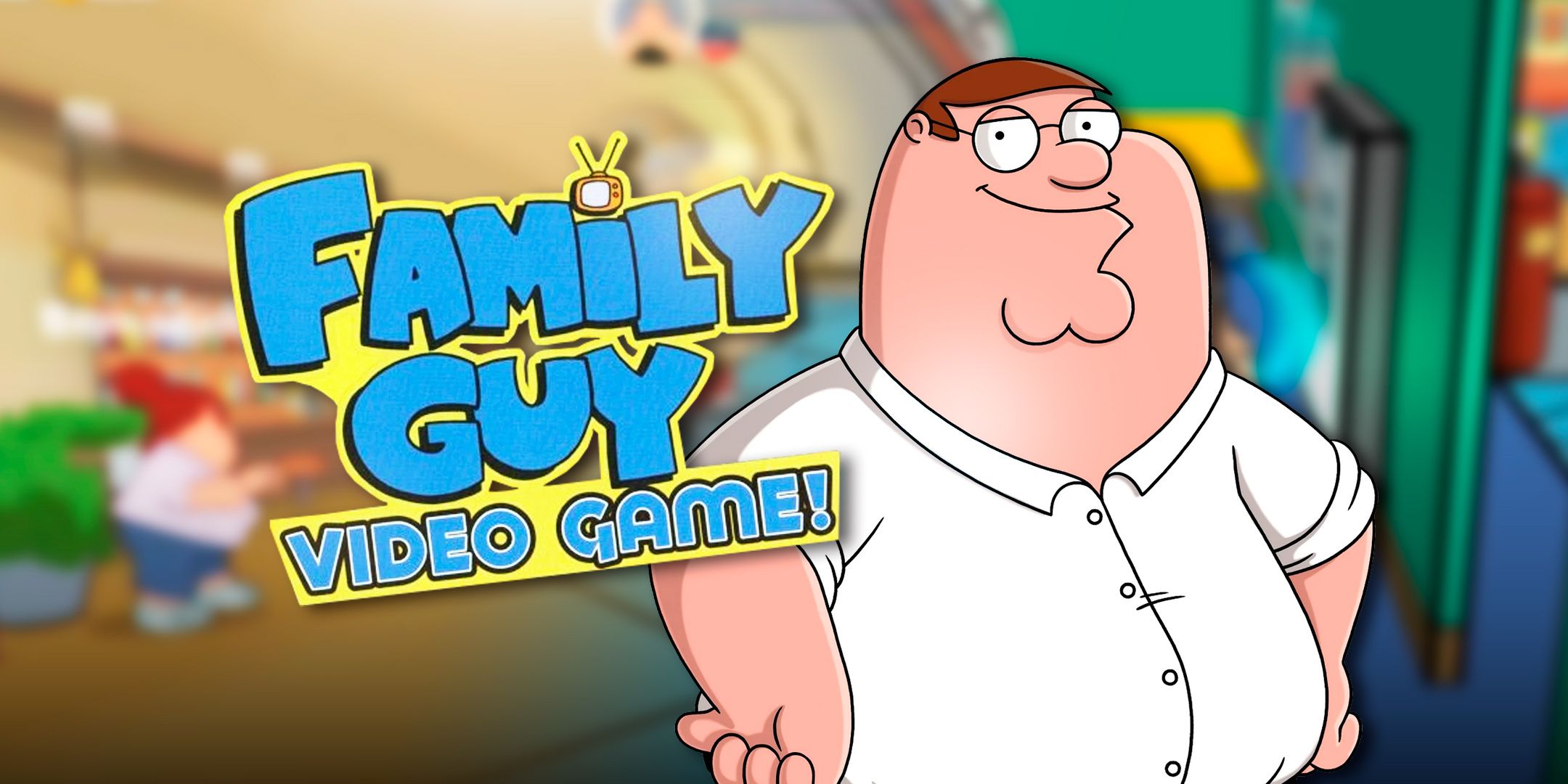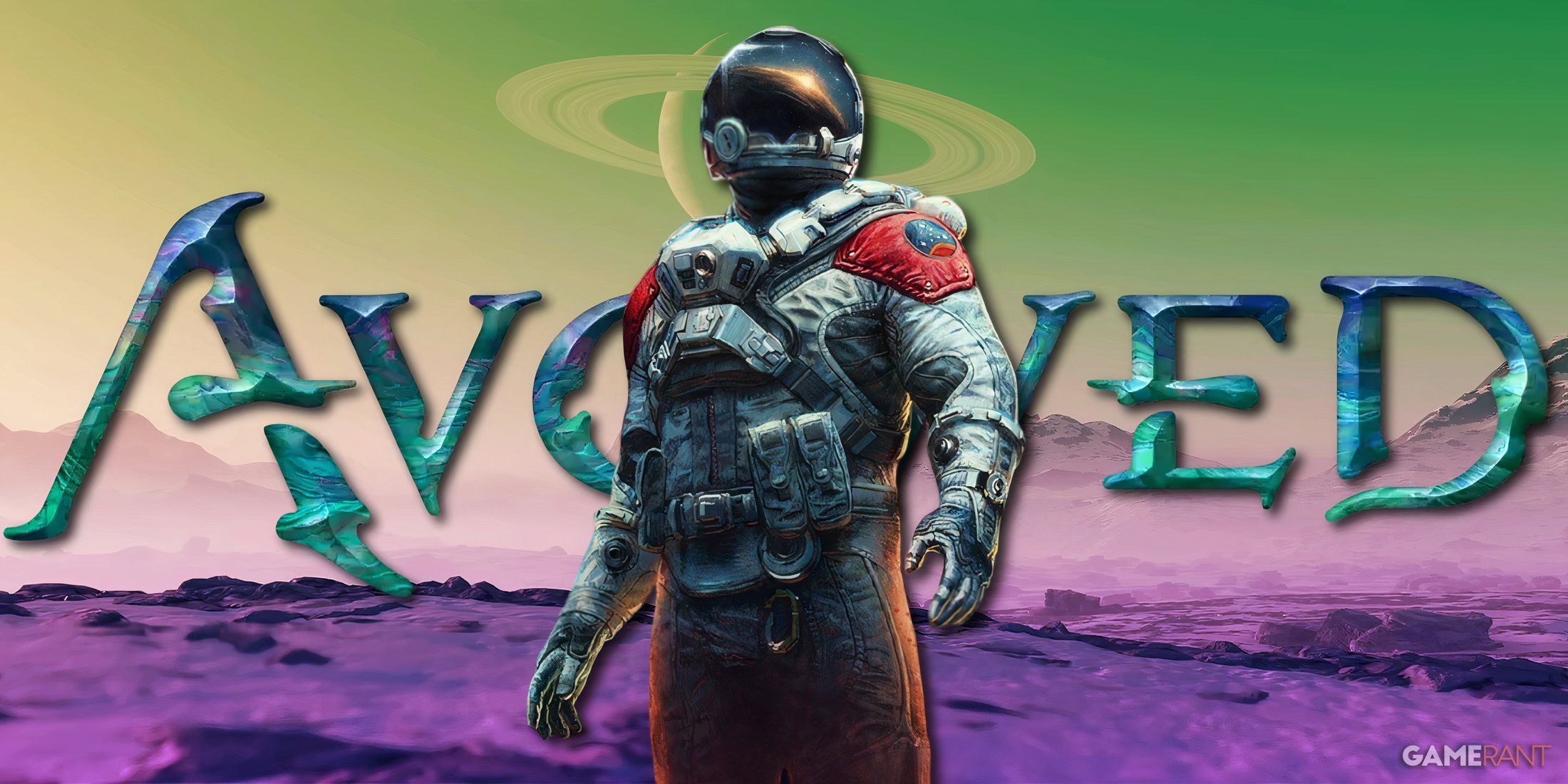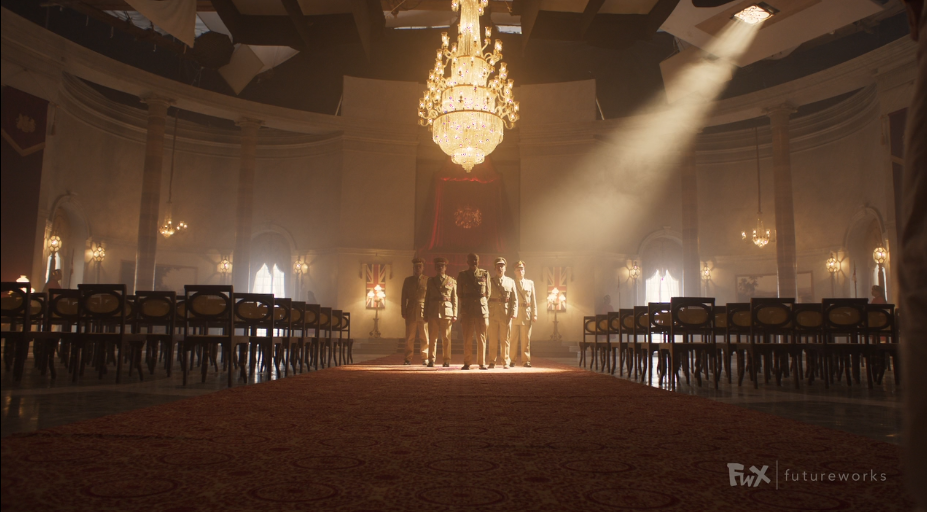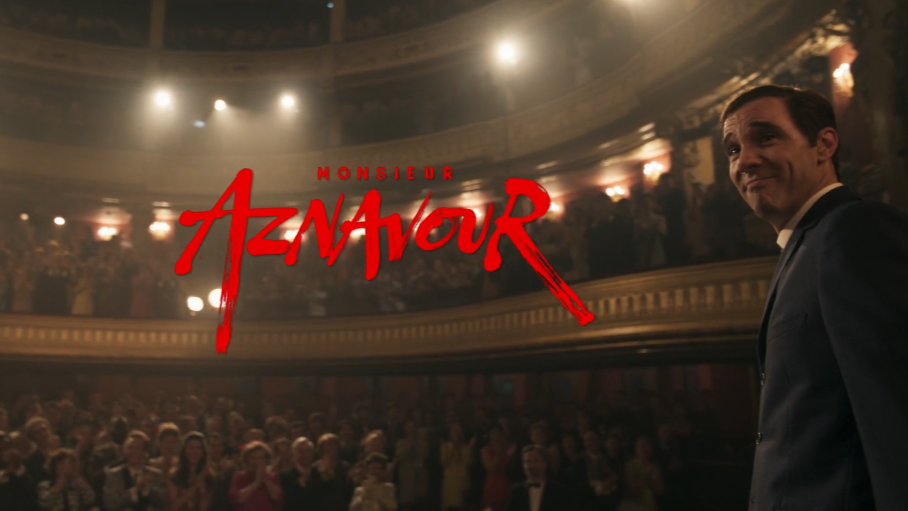uxdesign.cc
Anthropomorphism has allowed us to build connections with AI. But how useful is AI useful for conducting research? It has its uses, but falls short of real conversation.Humphrey waiting for my friend toreturnMy friend had a bike called Humphrey. She loved Humphrey. They went everywhere together. Over the years she grew very attached to him. By giving her bike a name and treating him like a person Humphrey became more than a bike, he became a companion. This is a process known as anthropomorphism, where people attribute human characteristics to nonhuman things. Its purpose can be to make the anthropomorphized object more relatable, to build connection, or to give us a framework to understand somethingwhether that is a reliable framework or not. And this is nothing new, youve probably done it yourself without even thinking about it. Have you ever got annoyed at something because it wouldnt work the way you want it to? its not the objects fault that it is not working but your frustration is still directed at the object as if its doing it on purpose to annoy you. Weve all been there! By blaming the object were absolving ourselves for not being able to use the object correctly or complete thetask.Other areas of your life where you may have encountered anthropomorphism are TV and moviesfrom the original chatbot, HAL in Stanley Kubricks 2001: A Space Odyssey, to Star Trek: The Next Generations resident android, Data, and more recently AI (Artificial Intelligence) bots, like Amazons bot Rufus. Research has shown that by giving AI a name and enabling it to talk, be in with a voice or in text, is key to building connection and trust with humans and offers a path to creating a deeper connection that has thus far been the realm of science fiction. We are now at a place where AI can tell us what we should watch on Netflix, AI assistants like Siri can recognize complex voice input and respond correctly, and it has changed how we work forever. As AI is getting introduced to more and more parts of our life its important to know how AI and LLMs (Large Language Models), which are a subset of AI, work, and how it can work forus.How LLMsworkLLMs are probabilistic algorithms that take the query that was input and looks at all the data that it has been trained on, and then tries to work out what is most likely the best answer to the query. It does this by generating one word at a time, predicting what is the most likely next word in the answer, hence probabilistic. In essence it is pattern matching based on what it has been trainedon.ChatGPTThink of it like a very advanced parrot: it doesnt truly understand what its saying but knows how to sound smart based on its training. LLMs, such as ChatGPT, which output clear, articulate content that is believable and appears to make sense have been able to build trust and connection with users more quickly because of anthropomorphism. It helps to create a sense of psychological closeness with users, which can lead to higher engagement and user satisfaction. This will, of course, increase users trust in the outputs and a corollary of this will be increased usage, a kind self-fulfilling loop. However, because LLMs tend to be trained on data from the internet there tends of be a gender bias toward men, and outputs are often racist. What is lacking in these LLMs is empathy and an understanding of humanitywhich can also be lacking online. Artificial Intelligence can never quite be or feel human and how could it be?LLMs like ChatGPT are essentially a very sophisticated form of auto-complete, wrote Dr. Michael Wooldridge, professor of computer science at Oxford. The reason they are so impressive is because the training data consists of the entire internet.. In Star Trek, Data struggled with and went to great lengths to try to understand people, what drives their behavior, and what it is like to be human. But Data ultimately failed because he couldnt experience the world like a person, and wasnt able to learn from books or observation, and neither can AI. Artificial Intelligence is artificial, and does not have emotion or empathy, or any understanding of peoples lived experience. And this is fine for a lot of the tasks that we are using it for, but not forothers.Data from Star Trek attempting to understand the human conditionOne recent development in research and AI is synthetic users. Neilson/Norman group defines synthetic users asan AI-generated profile that attempts to mimic a user group, providing artificial research findings produced without studying real users. A synthetic user will express simulated thoughts, needs, and experiences.The idea is that you can use these users in lieu of real ones to get an initial understanding of your user base. It involves having a database of AI users that you can ask research questions of the profile that you are interested in. This supposedly makes doing design research quicker, cheaper, and easier. According to Kwame Ferreira (founder of a company called Synthetic Users)they are not designed to replace organic users or research.It is designed to accelerate the research process. He also says that by running the study with the synthetic users you can get an initial understanding of your users that can help craft better questions or pivot to conducting an evaluation with different organic users, because the original demographic were actually not suited to your product or concept. This is all very interesting, but there is, of course, a big elephant in the roomthe aforementioned bias. Synthetic users are based on existing data, most of which will be from the internet, which will contribute to the feedback beingbiassed.So how can we get around this bias or at least mitigate against it? Synthetic Users attempt to do this by using RAG. RAG or Retrieval Augmented Generation is a method where LLMs search an external data source, which could be the internet, for the most up-to-date information, instead of relying on potentially out of date information in its trainingdata.LLMs typically have a knowledge cut-off, this is the date of the last update. The LLM will not be aware of anything after this date. RAG helps avoid out of date information.It then answers the prompt using the most recent data. This helps improve information accuracy and avoid hallucinationsfalse or misleading information generated by AI. So this is great if you are looking for information on a specific subject, but wouldnt an external source like the Internet still have the same biases? Well, yes! RAG is really only as good as the data that it retrieves. So although it will have the most up to date information, if the data returned also contains biases, this could, in fact, amplify the biases of the information returned.Bias aside, I wanted to put some of this to the test and see how a simple synthetic user created in ChatGPT4.0 would fare against some research I conducted a couple of years ago in healthcare. My study involved interviewing 11 physicians6 inpatient (work in a hospital type setting) and 5 outpatient (work in a clinic/doctors surgery)for 60 minutes. The purpose of the study was to understand physicians situational needs by cataloging their goals and the information they need to meet these goals. The two areas that I was interested inwas:Assessment andplanningCommunication related hand-offs and communication with other cliniciansThe four goals from my study uncovered were:Diagnose thepatientTo determine the best treatment strategy/planTo iteratively and efficiently improve/manage the patients conditionTo ensure continuity ofcareTo do this, I used a very simple prompt to create to the synthetic users and conduct the researchImagine you are a physician with 20 years experience working in a busy hospital in New York City. I would like to understand physicians situation awareness needs by cataloging their goals and the information they need to meet these goals. this should focus on two areas, namely: Assessment and planning Communication related hand-offs and communication with other cliniciansAt a high level like this it was pretty accurate in its response. It suggested the following categories of goals, the first four are similar to the goals I identified -Accurately diagnose patient conditions (Assessment and Planning)Develop effective treatment plans (Assessment and Planning)Monitor patient progress and adjust treatment as necessary (Assessment and Planning)Ensure continuity of care (Communication)Facilitate collaboration and information sharing among healthcare providers (Communication)Prevent medical errors and enhance patient safety (Communication)I tried to dig a bit deeper to understand what are the issues around communication and continuity of care, and asked for some quotes. The quotes I got back were lacking nuance or insight. Here are some of the ones it generated:Effective communication is the cornerstone of continuity of care, yet it remains one of our biggest challengesmiscommunications can lead to significant errors and compromise patient safety.Dr. Laura Mitchell, Emergency MedicineAndIn a high-stakes environment like healthcare, every detail matters. The challenge is ensuring that every piece of critical information is accurately conveyed across shifts, specialties, and care settings.Dr. Robert Hughes, Hospital AdministratorI then decided to create more sophisticated synthetic users and see if that makes any difference. For this experiment I created 11 physicians in total6 inpatient and 5 outpatient physicianssimilar to the actual study. And asked them the same questionI would like to understand physicians situation awareness needs by cataloging their goals and the information they need to meet these goals. this should focus on two areas, namely: Assessment and planning Communication related hand-offs and communication with other clinicians, and I also added Summarize the feedback across the 11 participants and call out any differences in feedback or themes between inpatient and outpatient physiciansScreenshot of some of the synthetic inpatient physicians created by ChatGPT-4The results were similar, with the addition of breaking out some of the feedback between the different types of physicians, which didnt provide any real insightOutpatient physicians emphasize the need for comprehensive communication over a longer term, involving various specialists and care providers.The goals that it identified are similar to the initial experiment, but a little less aligned to the goals I identified:Accurate diagnosis and effective treatment planning (Assessment and Planning)Develop comprehensive and personalized care plans (Assessment and Planning)Ensure efficient use of resources and time management (Assessment and Planning)Ensure continuity of care during shift changes or patient transfers (Communication)Maintain clear, concise, and accurate communication with all healthcare team members (Communication)Minimize errors stemming from miscommunication (Communication)Again quotes were lacking insight or usefulness -Continuity of care is essential for ensuring patient safety and effective treatment outcomes. However, the challenge lies in maintaining seamless communication across various healthcare providers, which is often fragmented by system inefficiencies.Dr. Emily Thompson, ER Physician.AndAs outpatient physicians, our challenge is not just in diagnosing and treating but ensuring that every piece of patient information is accurately passed on to other healthcare providers. Any gap in this chain can set back a patients health significantly.Dr. Jessica Hsu, Family Physician.While these quotes (and the ones from the initial experiment) seem fairly obvious, they dont provide any insight or anything that could be used to improve a current product or point to something new that could be of value to physicians. Contrast this with feedback from the actual research where physicians talked about communication being largely being verbalnurses can get confused about where we are, so orders can get done twice or not at all. This on the other hand points to a problem that clinicians are encountering, and one that could have significant implications. The value of this is that it guides the product team to real problems and provides an opportunity to innovate and add value. And although the goals from the two experiments are similar to the goals that I identified in my research study, they lack color and detail. When I probed to see what are the sub-goals and decisions they need to make at each stagesomething I did do in the original studysome of the sub-goals aligned with the original study, some of suggested decisions came out more like recommendationsImplement a unified communication platform accessible to all team members.You can create even more sophisticated synthetic users by using real user data as a foundation for creating them. In my example, I opted not to do this because of ethical and privacy issues. In what could be the earliest example of a synthetic user, in 2020 a man uploaded text and Facebook messages from his dead girlfriend, and an intro paragraph that described what his girlfriend, Jessica, was like, to OpenAIs GPT-3a precursor to ChatGPT. He used this as a way to grieve and come to terms with his girlfriends death. The results were uncanny, the synthetic Jessicas responses were exactly the sort of thing the real Jessica would have said. The first night he used it they talked for hours and then intermittently over the next few months. But as good as the responses were they were not without problems, synthetic Jessica got things wrong and sometimes mixed up people andevents.I asked my colleague, Natalia Usme, about creating synthetic users. Natalia has created and used synthetic users to help clients better understand their customers and to get more from their research. Natalia explained On one hand, we have fully synthetic, digitally created usersthese are generated entirely from large, publicly available datasets, making them 100% artificial.these are like the ones that I created using ChatGPT[but] On the other hand, there are synthetic users crafted from real user data extracted from specific projects. This method retains a closer connection to actual user behaviors. These synthetic users are similar to synthetic Jessica described above. So how do these fully synthetic ChatGPT users stack up against the designed synthetic users that are more aligned with the real users? And can we get more value out ofthem?The example of synthetic Jessica illustrates that the designed synthetic users will be closer to the real users (than the fully synthetic ChatGPT users)they will speak like them, the will say similar things to what the real users would say. Furthermore, Natalia found in her work that the designed synthetic users often try to please and give the answer they think you want to hear, which is weirdly similar to real users. It turns out that LLMs just want to be liked too. Regardless of how human-like this makes them, ultimately they lack real emotions and consciousness. Humans are complex, and unpredictable, and have depth. And the lack of this I believe is the main drawback of using synthetic users.So what can AI be used for and what can it not be usedfor?What is it good for-Learning about a topic: it is great for getting up to speed on a topic or an area that you are interested in learning about. It can offer a starting point that can direct you to research or a source that you might want to explorenext.An aid to research: based on my short experiment I think it can be useful in the discovery research that I was doing, where you can run simple experiments before a study. This can give you an idea of areas that might be interesting to explore with participants or to generate hypotheses that you want to evaluate later in directional studies. It allows you to shape the discussion guide in advance and ask questions about themes or areas of interest to see if it matches up with what the AIsaid.Synthetizing research data: it can be helpful to use AI to group feedback by theme or sentiment to see if there are trends that are interesting or worthy of further exploration. But I would recommend doing this in addition to your own analysis, not instead of. Think of it as a second set of eyes checking to see if you missed anything.What it is not so great at-Innovation: and uncovering real user problems. As mentioned above, I think synthetic users can point to areas that may be problematic. But without input from users we cannot be sure that any problems suggested by AI are in fact real problems facing users. This would require research to get feedback on and evaluate. The danger of conducting this type of study is that it could narrow the focus of the research and we end up missing out on something more important.Directional research: It is not going to replace directional research in areas where you have a new concept or product that you are going to launch to the market and want to see if it resonates or if it solves an actual user issue. Even a simple usability test where you want to get feedback on a prototype, I feel, will be difficult to run withAI.Research with underserved users: if you are looking to understand countries, economic classes, or age groups with less internet access, you might struggle to obtain sufficiently comprehensive and reliable data sets to create synthetic userssafelyLike Humphrey, AI and synthetic users can get you to a place where you are better able to speak to someone. Or it can help you at the other end, when you have lots of feedback and you are trying to summarize it and to make sense of it. But it should not be mistaken for anything other than a vehicle to get you there. It cant fully understand what ails users or how you can help them. And it is currently not close to being able to replace genuine human interactionempathy, understanding, the nuance of thought, or replicate mistakes that people might make. Just like synthetic Jessica was no substitute for real Jessica, synthetic users also fall short of real users. AI is a tool like any other, and it is not going away. And like the internet in its infancy we couldnt have known how it would develop and change over the time, and I think the same can be said of AI. Who knows where it will take us? AI is a tool, a companion if you like, and if utilized correctly it can help us to do more and betterwork.Does AI dream of synthetic experiences? was originally published in UX Collective on Medium, where people are continuing the conversation by highlighting and responding to this story.












